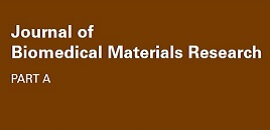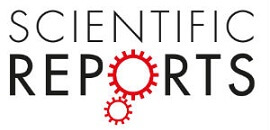We were inspired by nature. Our vision was to create a new generation of implants. An implant that would simulate the regenerative powers of the natural bone.
Download brochureOur search brought us to 3D printing, a new manufacturing technique that had never before been used to build dental implants of this kind. For the first time, we could manufacture a form from titanium dust in a sequential layering process that allows for unprecedented precision. This osteogenesis is vital for successful osseointegration and is critical in compromised cases.
Additive-manufacturing offers the ability to tailor implants to individual patients and with specific surface treatments, the resulting implants may be osteogenic. This could be beneficial for producing more effective treatments for cases with severe bone deficiency that can’t be restored conventionally.
This research will describe the technology used to produce subperiosteal microtextured titanium implants by additive manufacturing with specific surface topography.
The ability of these implants to be osteogenic and to induce osseointegration of the implant outside bone envelopes will be demonstrated using two animal models. The use of this technology in a patient suffering from severe bone loss will be presented with the indication and contra-indication for this procedure.

Journal of Biomedical Materials Research (JBMR), Part A, 2016
Sharon L. Hyzy, Alice Cheng, David J. Cohen, Gustavo Yatzkaier, Alexander J. Whitehead, Ryan M. Clohessy, Rolando A. Gittens, Barbara D. Boyan, Zvi Schwartz
Download
Scientific Reports, 08 February 2016
D.J. Cohen, A. Cheng, A. Kahn, M. A viram, A. J. Whitehead, S. L. Hyzy, R. M. Clohessy, B. D. Boyan & Z. Schwartz
DownloadSounds interesting? Contact us and we will get back to you.